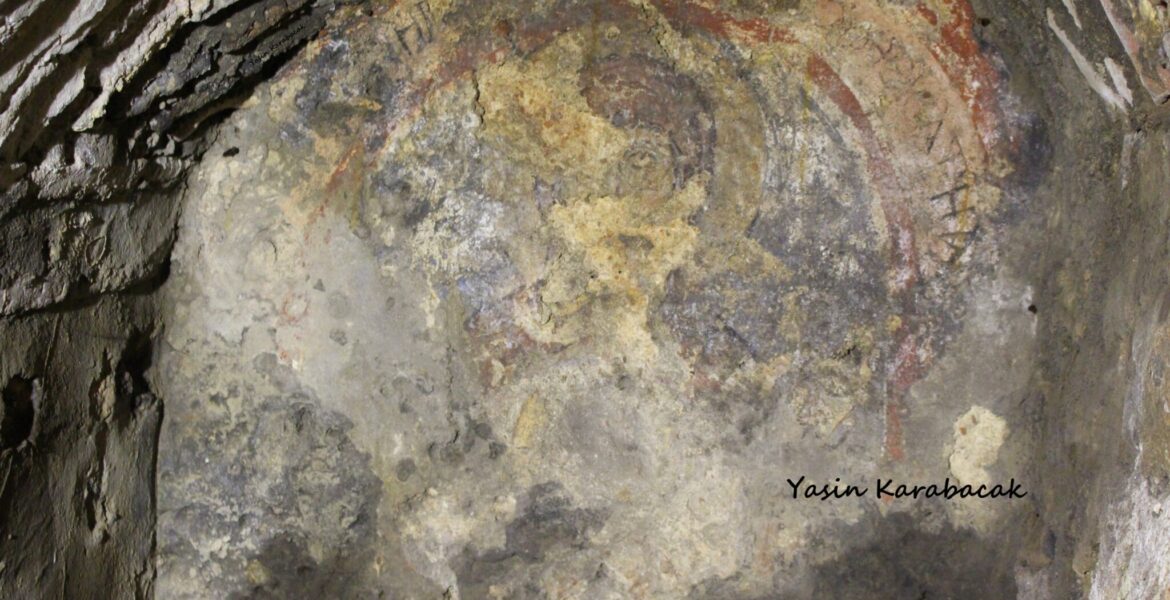Anywhere you dig in Constantinople (Istanbul), and you will surely find something that is historically Greek.
The city was first founded in 660 BCE by settlers from Megara in today's Athens metropolitan area. They called the city Byzantium and established it on the European side of the Bosphorus.
The name was changed in 330CE from Byzantiuim to Constantinople, or City of Constantine, after Roman Emperor Constantine I who transferred the capital of the Roman Empire from Rome, giving Constantinople the nickname of Nova Roma, or New Rome.
In 1930, Turkey changed the name of Constantinople to İstanbul.
Throughout history, Constantinople was also known as "The City," given the fact that for long periods in history it was the greatest, wealthiest and largest city.
Photos were published yesterday from an excavation site in the historical Sultanahmet area of Constantinople that uncovered mosaics and a church, showing truly that one cannot dig anywhere in the city without uncovering its long Greek history.





These historical works were uncovered underneath a building that can be seen in the video.
Although the Greek minority in Constantinople totals 4,000 people (maximum), in a city that today has more than 15 million people, the Greek connection can never be erased.
The Greek minority in Constantinople had a thriving community of 116,108 people in the 1950's, but this came to a violent end in September 1955 when the NATO-established Turkish Tactical Mobilisation Group of the Turkish Army's special operations, the National Intelligence Organisation and the Counter-Guerilla Operation orchestrated and guided Turkish mobs to attack Greek-owned properties and shops, and to also kill and rape Greek men and women.
Mobs forced Greek Orthodox Priests to be circumcised and over 4,000 Greek-owned businesses, 110 hotels, 27 pharmacies, 23 schools, 21 factories, 73 Greek (and other Christian) churches and over a thousand Greek-owned homes were badly damaged or destroyed. Although half a billion dollars of damage was committed, the Turkish government paid only 60 million Turkish lira in damages.
This pogrom was triggered by a false rumour that the home of Mustafa Kemal Atatürk, the founding father of Turkey who is responsible for the Greek Genocide, was destroyed. The house today, located in the Greek city of Thessaloniki, is a Turkish consulate.

